Eat Healthfully on a Budget
I delight in opportunities to teach about fueling the body and supporting its ability to heal itself. In that setting, I often hear questions about how to buy organic foods and others deemed most healthful when on a budget.
I understand such a question. It can certainly appear that eating healthful foods is costly — but after a bit of evaluating I trust you will realize that eating healthy is absolutely possible on a budget. In fact, once you get the hang of it, it can be quite simple!
I’m going to share some of my tried-and-true tips on how to eat healthy without breaking the bank. Take these tips, put them into practice, and you’ll soon find you can successfully have a healthier kitchen without sacrificing a large chunk of your bank account.
Shop the perimeter. The freshest foods are on the outside perimeter of the store. The inside aisles are filled with packaged foods (food-like substances, I call them) that aren’t ideal for health. They may be tasty and fill your stomach, but are actually more expensive per serving and usually lacking in nutrients. While you may need some staple items from the inside aisles, the majority of your cart should be filled with items from the perimeter which are perishable, and hence offer life.
Don’t buy pre-cut items. Buying pre-chopped onions or cut up fruit costs a significant amount more than buying the whole item and cutting it yourself. Yes, it takes some time and I encourage you to recruit help from family, perhaps having a prep “party” to cut produce that you will use through the week.
Shop at different places. Wholesale stores such as Sams Club or Costco may be beneficial for purchasing some healthy items, but probably not your entire grocery list. Scope out where you can get your staple items weekly. Are your veggies most affordable at the Farmers Market or grocery store? Can you purchase grains and beans in bulk locally? Shop around and find the best deals for what you need on a weekly basis.
Grow it at home. Are there some items you frequently eat that you can grow in your backyard or on your balcony? There are a tremendous amount of foods that you can easily grow at home. I had a friend who grew tomatoes in a bag of dirt that she simply put on her balcony, poked holes for drainage in the bottom and cut slits in to plant starters. Clever, eh? When you grow it yourself, you know your food isn’t laden with harmful chemicals. What can you look into growing yourself?
Buy in season. In season vegetables and fruits are lower in price, more nutritious and easier to find. Focus on filling the majority of your cart with seasonal produce. Then add some highlights with broccoli, Brussels sprouts or berries that provide added flavor and color (nutrient).
Consider frozen produce. If fresh is a challenge, you may find that frozen fruit and vegetables is a more viable option. Frozen produce is picked and flash-frozen right away, so nutrients are preserved at their highest level. This is also an ideal approach for enjoying produce outside of its normal season.
Yes, I do recommend organic produce. Not because it tastes better or offers more nutrients, but because it does not infuse more chemicals into your body. If your budget does not support buying all organic produce, then I recommend you focus on buying those items that have been shown to hold the most pesticide residue. The Environmental Working Group publishes a list of the “Dirty Dozen” items each year. In 2017, the list includes apple, strawberry, spinach, tomatoes, pears, celery, peaches, bell peppers and potatoes this year.
It’s not realistic to expect to make a sudden change in your habits. Explore the produce section at your grocery and watch the sale ads, and ask around to identify a friend who may be able to guide you. Choose one step and make it – you’ll be well on your way to eating healthy on a budget.

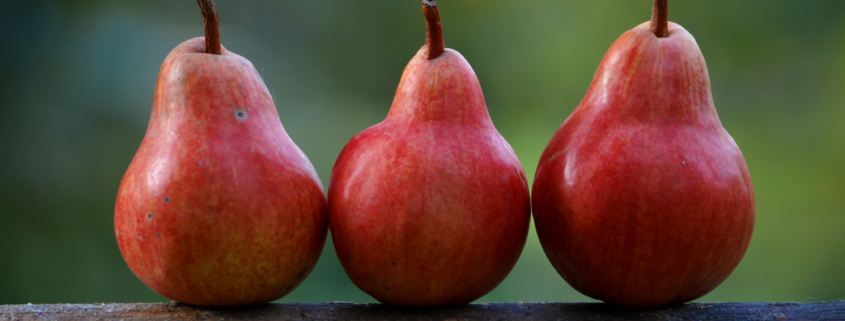
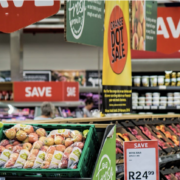
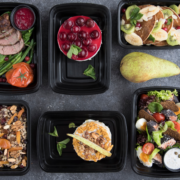
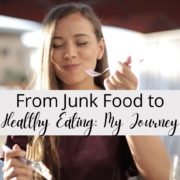
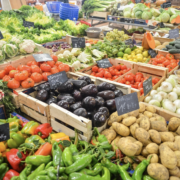


Leave a Reply
Want to join the discussion?Feel free to contribute!